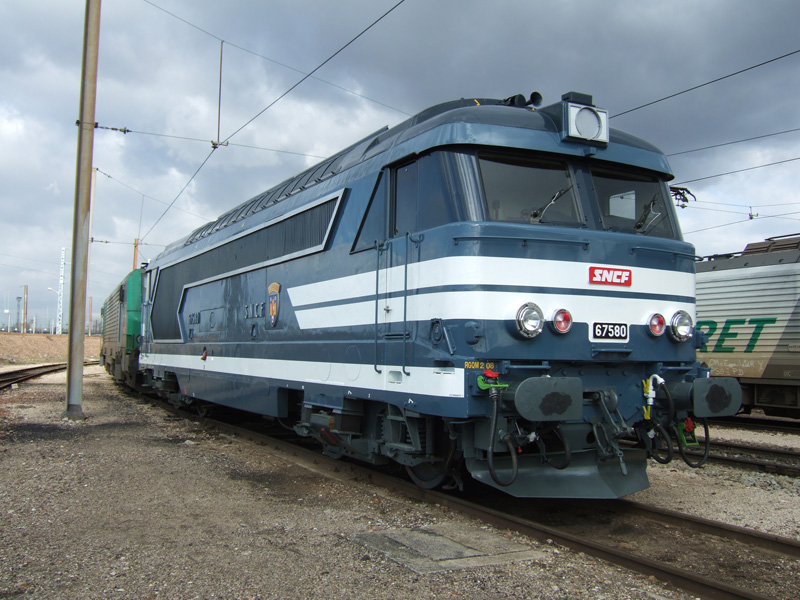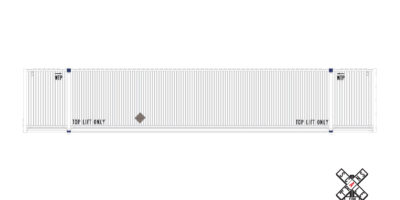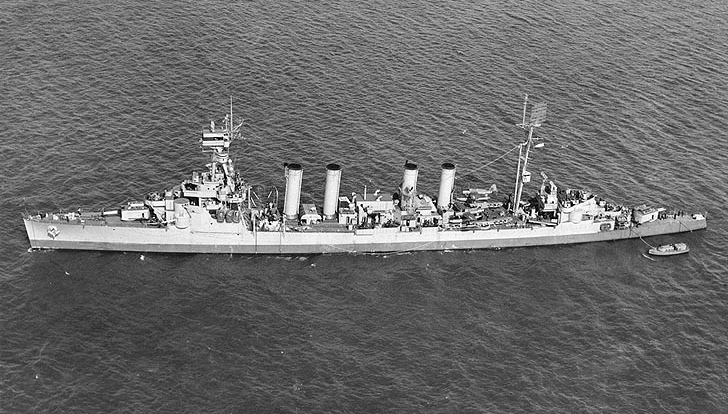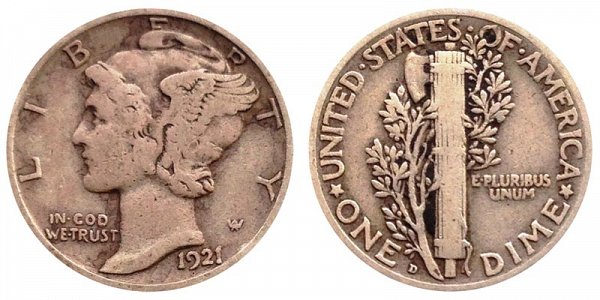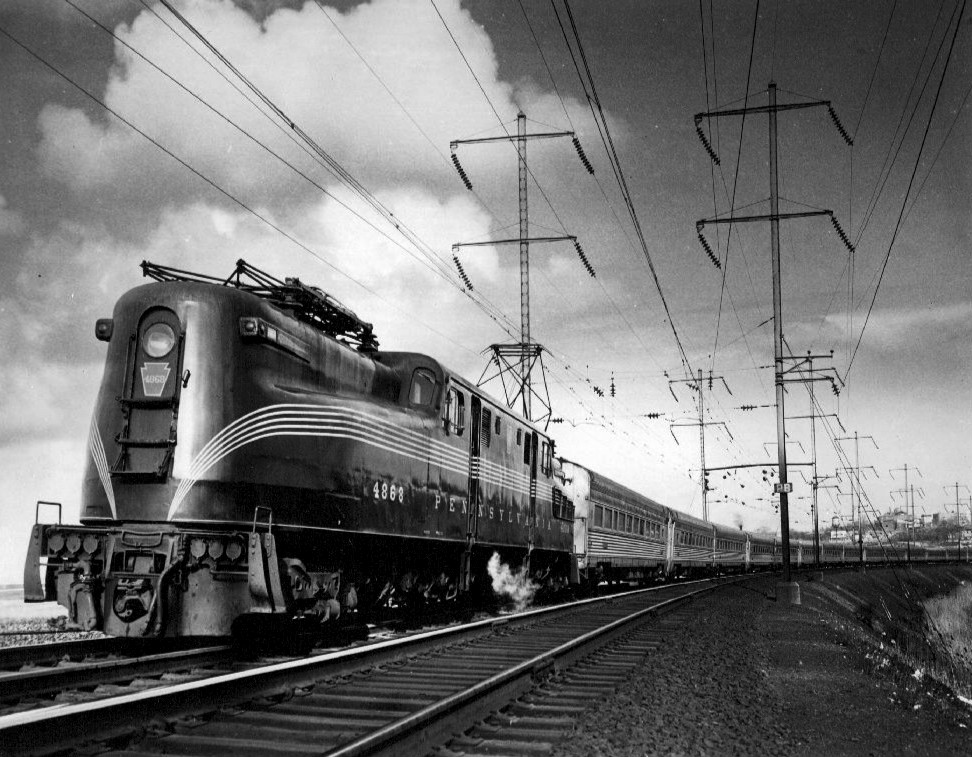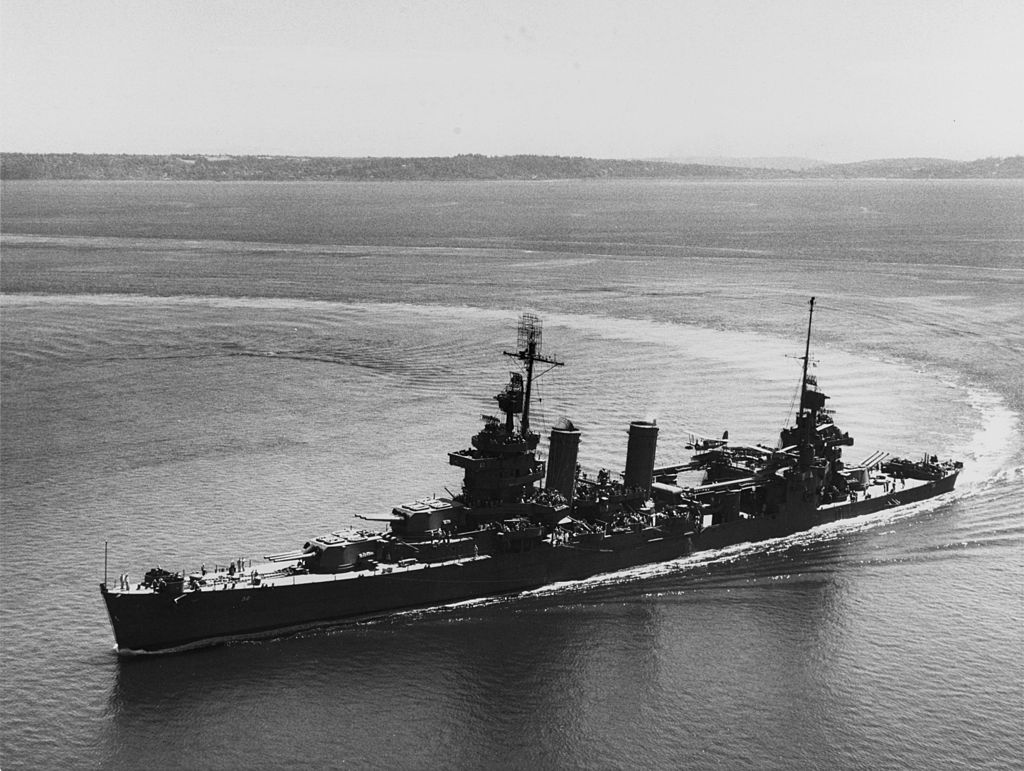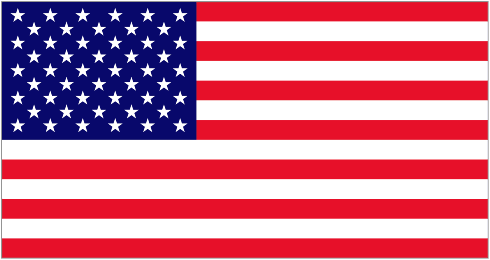USS San Francisco (CA-38)
| Name | USS San Francisco (CA-38) |
| Nationality | United States (Details) |
| Pennant/Designation | CA-38 |
| Period | World War II |
| Type | Cruiser |
| SubType | Heavy Cruiser |
| Warship Class | New Orleans (Details) |
| Year Launched | 1933 |
| Year Commisioned | 1934 |
| Last Year Active | 1959 |
| Source of Text | Wikipedia |
| Credit Link | Link |
History:
USS San Francisco (CA-38), a New Orleans-class cruiser, was the second ship of three of the United States Navy named after the city of San Francisco, California. Commissioned in 1934, she was one of the most decorated ships of World War II, earning 17 battle stars. Like most of her sister ships, she saw extensive action during the Guadalcanal campaign, including the Battle of Cape Esperance and the Naval Battle of Guadalcanal, during which she was heavily damaged and her captain and admiral killed. Earlier in the battle she mistakenly fired on the light cruiser Atlanta, causing serious damage and inflicting numerous casualties.
Decommissioned immediately after the end of the war, she was sold for scrap in 1959. Her bridge wings, damaged during the Naval Battle of Guadalcanal and removed during repairs, are now mounted on a promontory in Golden Gate National Recreation Area. They are set on the great circle course from San Francisco to Guadalcanal.
Decommissioned immediately after the end of the war, she was sold for scrap in 1959. Her bridge wings, damaged during the Naval Battle of Guadalcanal and removed during repairs, are now mounted on a promontory in Golden Gate National Recreation Area. They are set on the great circle course from San Francisco to Guadalcanal.
Class:
The New Orleans class cruisers were a class of seven heavy cruisers built for the United States Navy (USN) in the 1930s. Originally called the Astoria-class cruiser, the class was renamed after Astoria was sunk and the surviving ships of the class underwent substantial reconstruction.
These ships participated in the heaviest surface battles of the Pacific War. Astoria, Quincy, and Vincennes were all sunk in the Battle of Savo Island, and three others were heavily damaged in subsequent battles in the Guadalcanal campaign. Only Tuscaloosa, which spent most of the war in the Atlantic, got through the war without being damaged. Collectively, ships of the class earned 64 battle stars.
The four surviving ships were laid up immediately after the end of the war, and sold for scrap in 1959.
These ships participated in the heaviest surface battles of the Pacific War. Astoria, Quincy, and Vincennes were all sunk in the Battle of Savo Island, and three others were heavily damaged in subsequent battles in the Guadalcanal campaign. Only Tuscaloosa, which spent most of the war in the Atlantic, got through the war without being damaged. Collectively, ships of the class earned 64 battle stars.
The four surviving ships were laid up immediately after the end of the war, and sold for scrap in 1959.
Nationality:
The U.S. is a country of 50 states covering a vast swath of North America, with Alaska in the northwest and Hawaii extending the nation’s presence into the Pacific Ocean. Major Atlantic Coast cities are New York, a global finance and culture center, and capital Washington, DC. Midwestern metropolis Chicago is known for influential architecture and on the west coast, Los Angeles' Hollywood is famed for filmmaking.
Item created by: Lethe
on 2019-03-24 10:10:12
Last edited by: gdm on 2019-04-09 02:48:49
If you see errors or missing data in this entry, please feel free to log in and edit it. Anyone with a Gmail account can log in instantly.
Last edited by: gdm on 2019-04-09 02:48:49
If you see errors or missing data in this entry, please feel free to log in and edit it. Anyone with a Gmail account can log in instantly.



